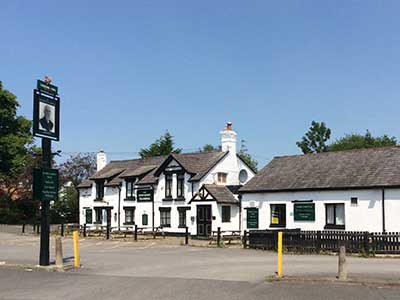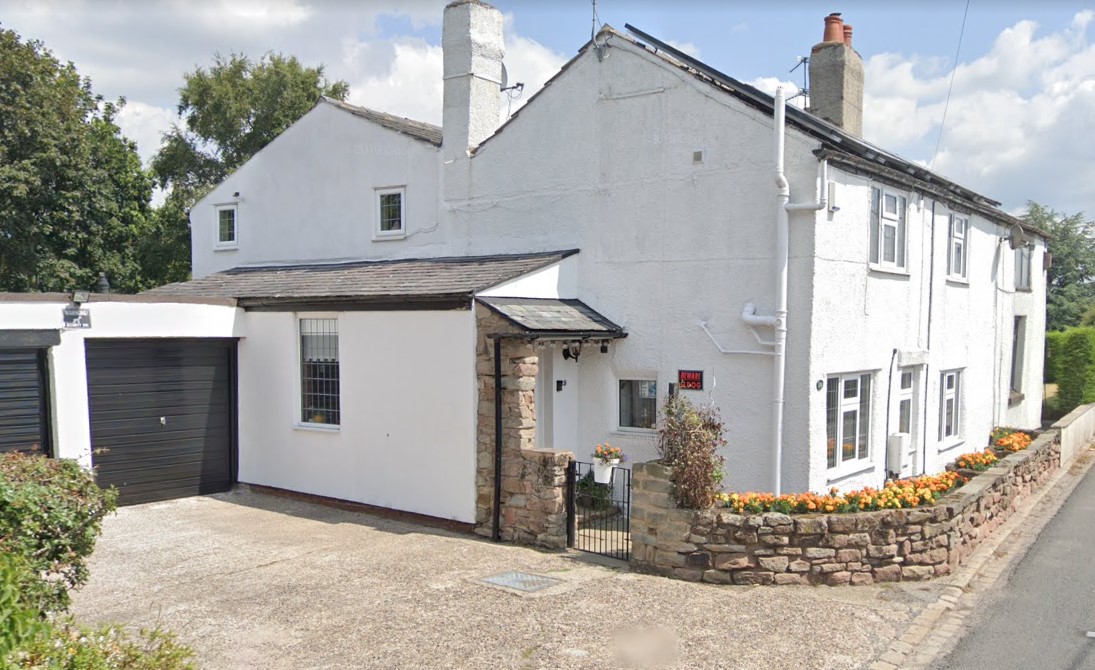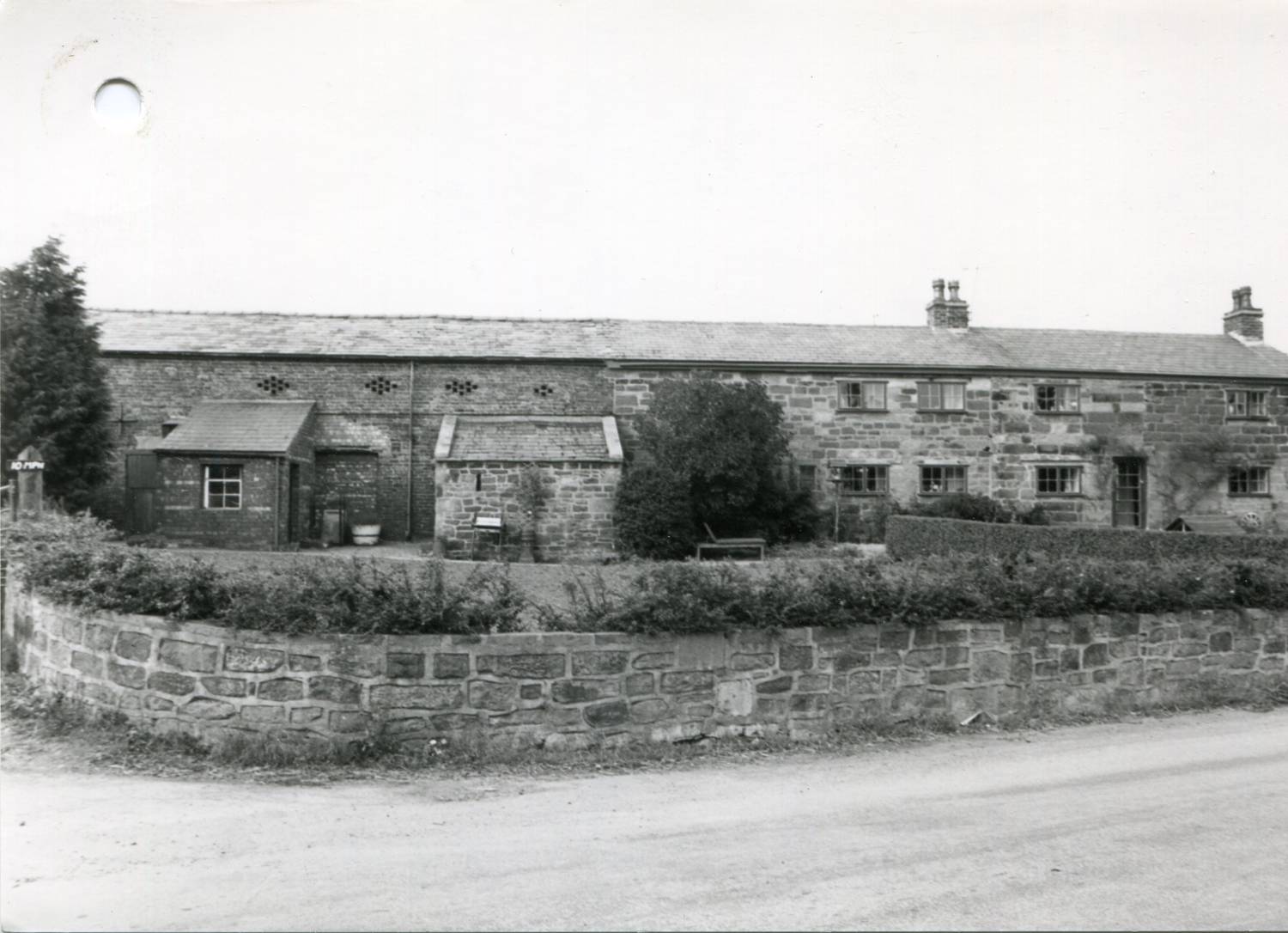The first significance factor to consider is the candidate's age. Broadly speaking, the older the asset the rarer it is likely to be so often these criterion are assessed together. Age alone may not demonstrate sufficient significance unless the asset has other factors such as Architectural or Artistic Interest from its design or decoration, or Historic Interest through connections to notable people or events. Significance related to the age of an asset may also depend on its historic and cultural context, for example, those relating to early local industry, transport, leisure or to the World Wars of the twentieth century.
Helpful Questions:
- Which period do you think the building dates to?
- Does the building appear on historic maps?
- Is the building a good example of a particular period, or does it demonstrate multiple phases of historic development?
- What does the asset tell us about the people who constructed it, how they used it and the materials they had available to them?
- If the building is modern, does it demonstrate outstanding or innovative design?
As a general guide:
- Buildings constructed before 1850 are less common in the area
- Buildings constructed between 1850 and 1919 (Victorian, Edwardian) are more commonly found in the area, so quality, design and intactness of original materials must feature strongly
- Buildings constructed between 1919 and 1948 - here significance in design, rarity, historic interest and/or landmark status must feature strongly
- Buildings constructed since 1948 which are rare examples or demonstrate exceptional architectural quality and/or innovative construction techniques may be considered
- Buildings less than 30 years old would not normally be considered
Follow the links below or at the top of the page to the other criterion and don't forget to refer to the Local Area Heritage Summaries for further guidance.








